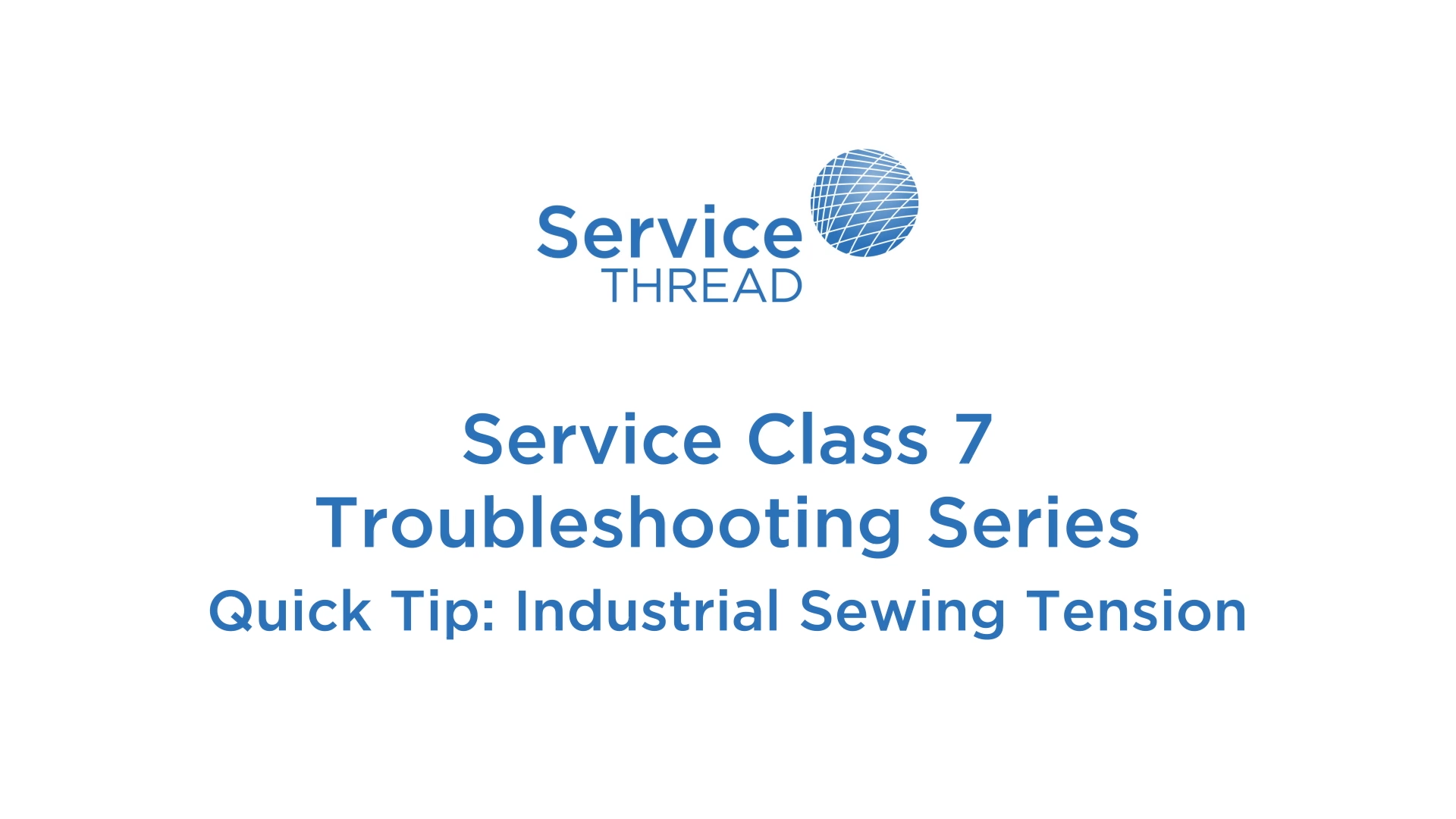Synthetic textile yarns are used in low to medium pressure hose applications up to 300 psi as reinforcement. Circular Knitting and Spiral Wrapping are often used to integrate the reinforcing yarn into the garden hose, air hose, agricultural hose, industrial hose, automotive hose, etc. This article discusses these two methods and some tips that can improve processing for hose manufacturers using cone wound yarn for hose reinforcement.
Read more- By Eric Shippee
- 08/26/21
- 0 Comments
- By Service Thread
- 06/25/21
- 0 Comments
In today’s industrial textile manufacturing processes, spin finish plays an important role in the overall performance of Polyester Continuous Filament (CF) fibers and yarns. Nylon and polyester fiber yarn production lines commonly use additive finishes, and the market for polyester filaments is growing rapidly due to the sometimes-high cost and limited availability of nylon and the use of polyester as a cheaper more available substitution many applications.
Read more- By Dane Hatcher
- 05/11/21
- 0 Comments
Your Class 7 Style sewing machine is an asset to your operations; one that needs careful maintenance to keep it in proper working order.
Read more- By Service Thread
- 04/07/21
- 0 Comments
Because continuous multifilament polyester yarns are used in a wide variety of applications and conditions, polyester yarn manufacturers are required to have diverse product portfolios to accommodate them, including yarns in a wide denier range with various physical properties.
Read more- By Dane Hatcher
- 03/16/21
- 0 Comments
- By Dane Hatcher
- 03/12/21
- 0 Comments
If an industrial sewing machine operator is sewing with excessive tension, it can literally stretch the thread as it’s being sewn and weaken the seam, which compromises the integrity of the product that’s being sewn.
Read more- By Dane Hatcher
- 03/09/21
- 0 Comments
If you are breaking in a brand new Class 7 sewing machine, it’s important to oil it correctly while it is still new, during your first months of use. Otherwise, the machine will lock up and stop working properly.
Read more- By Saurer, Guest Contributor
- 03/03/21
- 0 Comments
As an industrial thread supplier committed to developing smart, adaptive solutions, we discovered that we needed a versatile twister that could adapt to the requests of our clients across an incredibly vast array of industries.
Read more- By Service Thread
- 01/13/21
- 0 Comments
Polyester is a category of polymers, and all polyesters share certain characteristics however there are some significant differences in physical properties among all the types of multifilament polyester. Not all polyesters are the same.
Read moreTips to Improve Processing Efficiency of Textile Hose Reinforcement
- By Eric Shippee
- 08/26/21
- 0 Comments
Synthetic textile yarns are used in low to medium pressure hose applications up to 300 psi as reinforcement. Circular Knitting and Spiral Wrapping are often used to integrate the reinforcing yarn into the garden hose, air hose, agricultural hose, industrial hose, automotive hose, etc. This article discusses these two methods and some tips that can improve processing for hose manufacturers using cone wound yarn for hose reinforcement.
Read moreIn today’s industrial textile manufacturing processes, spin finish plays an important role in the overall performance of Polyester Continuous Filament (CF) fibers and yarns. Nylon and polyester fiber yarn production lines commonly use additive finishes, and the market for polyester filaments is growing rapidly due to the sometimes-high cost and limited availability of nylon and the use of polyester as a cheaper more available substitution many applications.
Read moreService Class 7 Troubleshooting Series: Cleaning a Class 7 Style Sewing Machine
- By Dane Hatcher
- 05/11/21
- 0 Comments
Your Class 7 Style sewing machine is an asset to your operations; one that needs careful maintenance to keep it in proper working order.
Read moreBecause continuous multifilament polyester yarns are used in a wide variety of applications and conditions, polyester yarn manufacturers are required to have diverse product portfolios to accommodate them, including yarns in a wide denier range with various physical properties.
Read moreIntro to Sewing Industrial Webbing
- By Dane Hatcher
- 03/16/21
- 0 Comments
If an industrial sewing machine operator is sewing with excessive tension, it can literally stretch the thread as it’s being sewn and weaken the seam, which compromises the integrity of the product that’s being sewn.
Read moreOiling a Class 7 Sewing Machine
- By Dane Hatcher
- 03/09/21
- 0 Comments
If you are breaking in a brand new Class 7 sewing machine, it’s important to oil it correctly while it is still new, during your first months of use. Otherwise, the machine will lock up and stop working properly.
Read moreAs an industrial thread supplier committed to developing smart, adaptive solutions, we discovered that we needed a versatile twister that could adapt to the requests of our clients across an incredibly vast array of industries.
Read morePolyester is a category of polymers, and all polyesters share certain characteristics however there are some significant differences in physical properties among all the types of multifilament polyester. Not all polyesters are the same.
Read more









